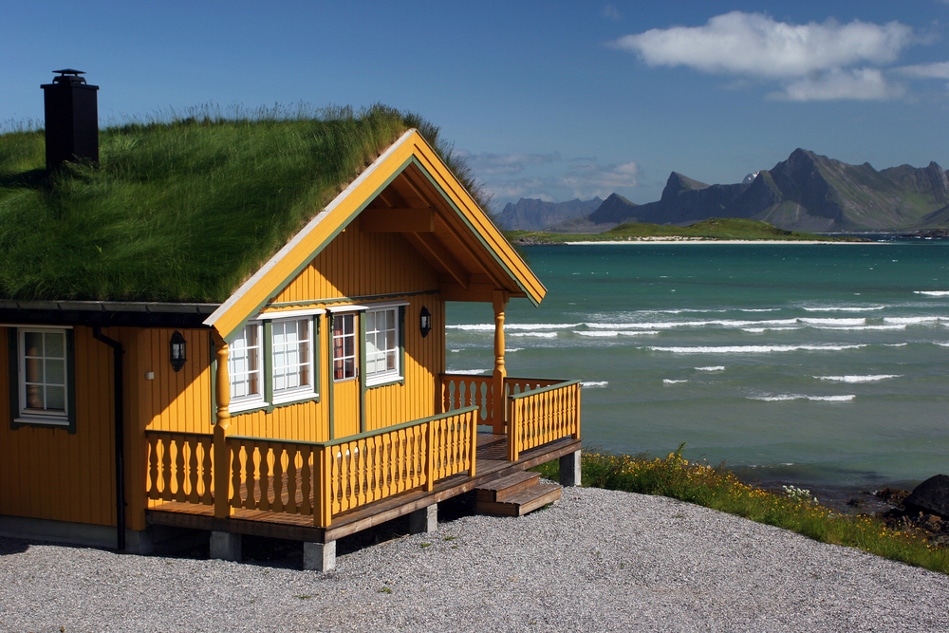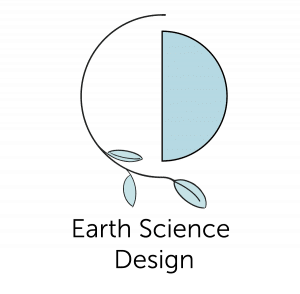
A Passive House or a Zero Carbon Home – What’s the Difference?
Passive homes and zero carbon homes are both homes that meet a very high standard of energy efficiency. Although they sound similar, they are not the same thing. Green building design and green interior design can be confusing and jargon-heavy, and there may be many different roads to the same goal of energy efficient living. To help us understand the options, let’s take a look at the difference between these two concepts.
What is a Passive House?
A passive home is a specific building standard. It is a voluntary building standard developed by the Passive House Institute. A passive house doesn’t have to be a home, it can be an office building or any other kind of structure. It uses only 10% of the energy of traditional homes, thus it reduces energy use by 90%. It dispenses with a conventional heating system, and instead uses a heat recovery ventilation system to heat and cool the home. The Passive home standard doesn’t require solar roof panels but it’s often part of the design. The passive home standard is achieved by a combination of factors, including:
- Superinsulation
- Double or triple glazed windows
- Airtightness
- Heat recovery and air purifying system
- Orientation of the home
- Under-floor heating and cooling
A passive house is built to be extremely efficient. It uses all the heat sources available, including natural light and heat energy, energy from appliances and the body temperature of animals and people in the building to generate heat, and it creates a heating/cooling exchange to filter air and keep heat and air flowing. A big health benefit of a passive house is the clean, purified air that flows through the home as part of the heating/cooling system. Passive houses can be retrofitted, though many are built from scratch.
What is a Zero Carbon Home?
A zero carbon home is not a specific building standard, it is a general term for a home that is carbon neutral. It is a home that uses renewable energy, and is energy efficient, which means it produces as much energy as it consumes. It does not rely on fossil fuels and offsets any fossil fuel dependency in the construction of the home by reducing power use, giving power back to the grid and using planting to offset carbon emissions. A zero carbon home is not a set building standard and there are many different considerations involved in achieving this goal. When you take into consideration all the impacts of a home, getting to zero carbon could be a lifelong process. It is still a goal worth striving for as it is extremely efficient and harmonious with nature. There are many different innovative green interior design and building models to achieve a zero carbon home, such as “Earth Ships,” or 3D printed houses known as “Tecla.”
Zero Carbon Homes usually include the following elements and considerations:
- Power from renewable sources, either community generated or generated in the home
- High energy efficiency in the home, using insulation, airtightness and heat recovery systems
- Water filtration and waste disposal that reduces carbon emissions
- Assessing the carbon impact of transportation from the home, which can be a big factor when houses are built in isolated areas. Electric vehicles and charging stations.
- Achieving carbon negative: producing more power than the home uses and giving back to the grid. Garden planting that reduces carbon in the atmosphere.
Green Interior Design Services for Environmentally Conscious Living
If you are contemplating a home retrofit, home build or home redesign, our conscious interior design services integrate principles of energy efficiency and harmony with nature. You may be building a passive or zero carbon home, or you could be adjusting your living situation. For either of these options we can provide design consultation during the process.
Our green interior design services and exterior design services are grounded by 10 years of research into the science of environmentally conscious living. We have worked with many architects, building contractors, craftsmen and suppliers who use environmentally responsible and non-violent practices to build and design homes that are in harmony with nature. If you are building your home in an ecologically sensitive environment we provide consultations on the specific ecosystem and can help you find non-violent and environmentally conscious ways to live in harmony with the environment. You can consult us in person at our Green Interior Design services offices or work with us remotely via secure private video-chat. Please contact us to learn more about our green design services.

